
V114, a 15-valent pneumococcal conjugate vaccine (PCV), provided better protection against serotypes 22F and 33F compared with 13-valent PCV (PCV13).

V114, a 15-valent pneumococcal conjugate vaccine (PCV), provided better protection against serotypes 22F and 33F compared with 13-valent PCV (PCV13).
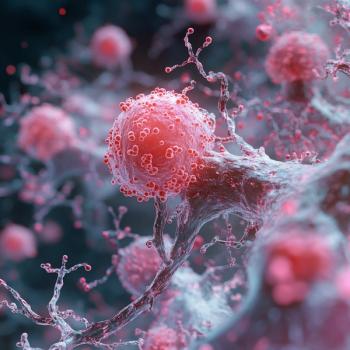
Corrine Stahura, PharmD, and Sophia Gilardone, PharmD, BCOP, discuss recent clinical trial data and evolving guideline recommendations for HER2- and HER3-directed antibody-drug conjugates (ADCs) in non–small cell lung cancer (NSCLC), highlighting differences in efficacy, safety, and patient selection criteria.


Hope Rugo, MD, discusses a multi-institutional real-world analysis showing that rechallenging trastuzumab deruxtecan after grade 1 interstitial lung disease (ILD) is generally safe and effective.

Elranatamab shows promising efficacy and manageable safety in transplant-ineligible newly diagnosed multiple myeloma patients, highlighting its potential as a treatment option.

The investigators suggest that early detection and treatment of chronic kidney disease (CKD) in childhood cancer survivors may decrease late complications and mortality.
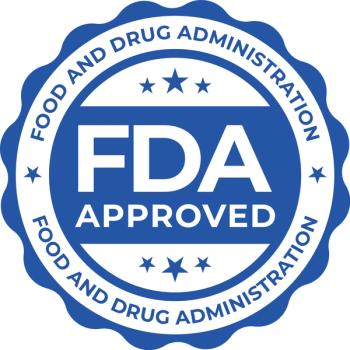
The formulation allows for individualized treatment in children with adrenocortical insufficiency.

New research highlights the significant cardiovascular risks associated with RSV, emphasizing the need for vaccination to protect vulnerable populations.
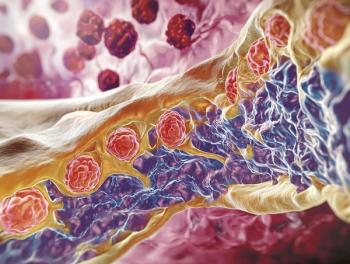
Daratumumab combined with VRd significantly improved outcomes in transplant-ineligible/transplant deferred patients with newly diagnosed multiple myeloma.
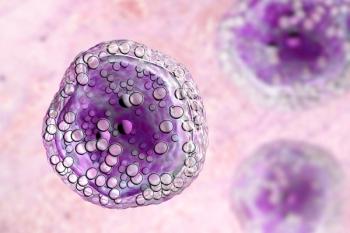
Epcoritamab shows impressive long-term remission rates in relapsed large B-cell lymphoma, highlighting its potential as a key treatment option.

FDA approves acoltremon ophthalmic solution, a groundbreaking treatment for dry eye disease, enhancing natural tear production and patient quality of life.
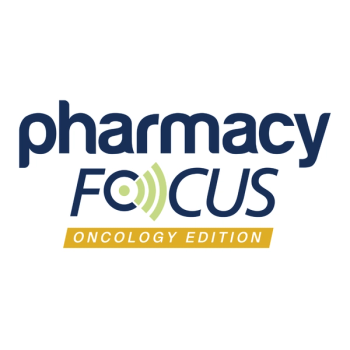
This segment takes a deeper dive into toxicity management—focusing not just on what to monitor, but how institutions are putting these protocols into action in real-world clinical settings.

The FDA approved the MenQuadfi vaccine for young children, enhancing protection against invasive meningococcal disease and its severe complications.

Alice H. Lichtenstein, DSc, emphasizes the importance of whole-food dietary patterns over macronutrient percentages for improving lipid profiles and cardiovascular health.

Pre-treatment DPYD genotyping significantly reduces hospitalizations and costs for patients with cancer, enhancing safety and efficiency in oncology care.

Grace Nguyen, PharmD, BCPS, provides real-world experiences with DPYD genotype-guided fluoropyrimidine dosing, highlighting how pharmacist-led interventions and tailored dose adjustments can help mitigate toxicity risks and optimize treatment in variant carriers.

Corrine Stahura, PharmD; and Sophia Gilardone, PharmD, BCOP, discuss how patient- and treatment-related factors influence the risk of severe toxicity with antibody-drug conjugates (ADCs) in non–small cell lung cancer (NSCLC).

Real change often begins within pharmacies.

Integrated health system specialty pharmacies can improve patient care for non–multiple sclerosis neurologic conditions.
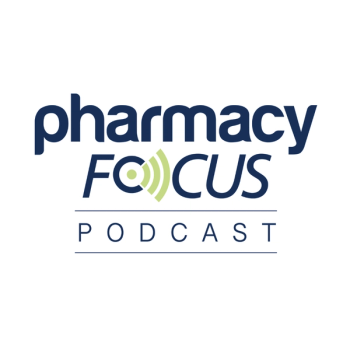
Derek Webb, PharmD, a community pharmacist and Virginia Board of Pharmacy member, provides comprehensive guidance on managing seasonal allergies, distinguishing between symptoms, and exploring treatment options for patients.
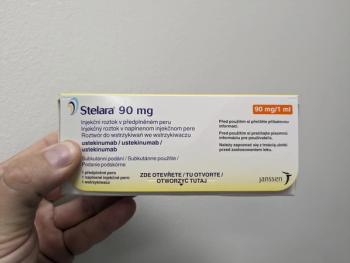
A new biosimilar to ustekinumab (Stelara) has been approved by the FDA, further expanding treatment options for patients with immune conditions such as plaque psoriasis and psoriatic arthritis.

Pharmacists have an evolving role in biotechnology.

The expert explored the complex prior authorization process for GLP-1 medications, discussing challenges in documentation and medical necessity.

The data from the phase 3 SEQUOIA study are to be presented at the 2025 ASCO Annual Meeting.

Imetelstat shows promise in treating myelofibrosis, enhancing survival, and modifying disease biology in patients resistant to JAK inhibitors.

The small molecule effectively blocks cell death effector proteins, potentially rescuing cells from degeneration.

In this roundtable, 3 pharmacy faculty members reflect on how shifting federal priorities and the defunding of research initiatives have impacted their work, communities, and careers—while highlighting the power of resilience, solidarity, and reimagined academic impact in advancing public health equity.

The change is poised to impact countless individuals who may have sought a COVID-19 vaccine this upcoming respiratory season.

Corrine Stahura, PharmD; and Sophia Gilardone, PharmD, BCOP, discuss the distinct adverse effect profiles of HER2- and HER3-targeted antibody-drug conjugates—particularly the risk and management of interstitial lung disease—and offer practical guidance based on clinical trial data and treatment protocols.
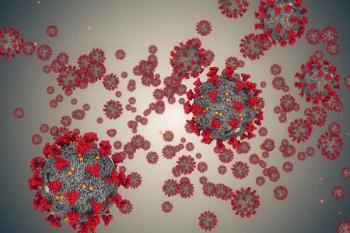
Following a meeting of the Vaccines and Related Biological Products Advisory Committee, the FDA announced its recommendation of COVID-19 vaccines targeting LP.8.1, a strain of the JN.1 variant that has become dominant in the US.